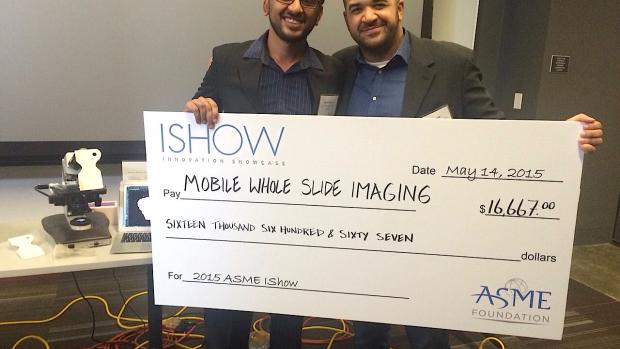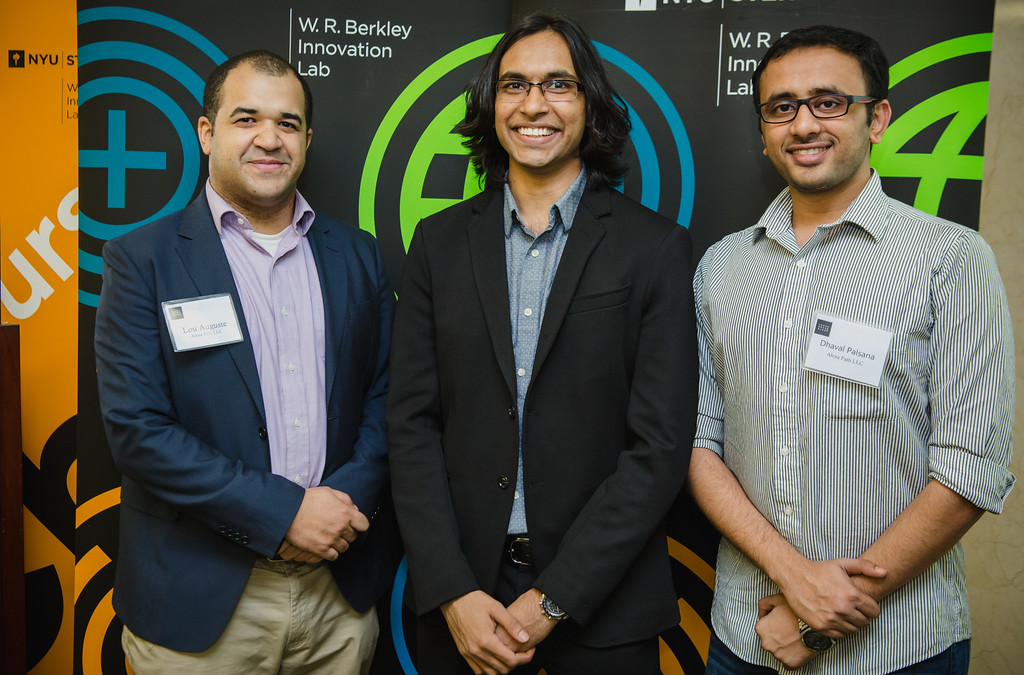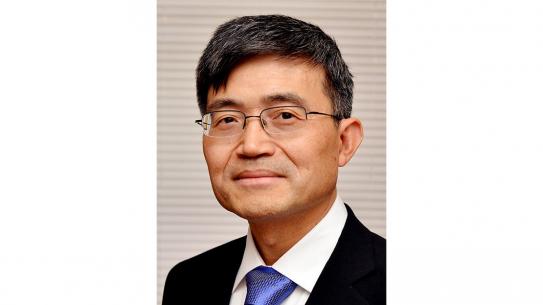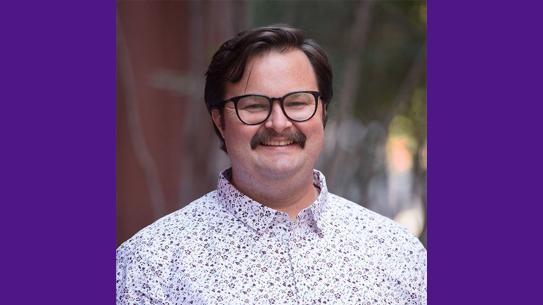From Simple Microscope to Sophisticated Telepathology Tool
Start-Up Alexapath Is Attracting Attention and Investment

When Lou Auguste discovered that hundreds of thousands of women die of cervical cancer in the developing world each year, the film producer-turned-tech-entrepreneur was distressed. Even more distressing was the fact that many of those deaths were preventable: when diagnosed early, cervical cancer has over a 90% cure rate.
Auguste, who is of Haitian descent, set out to ameliorate the situation in Haiti and other countries where a lack of equipment and shortages of trained pathologists were contributing to that dismal death rate. The solution, he realized, was telepathology — the use of telecommunications technology to transmit image-rich pathology data from the field to medical personnel working remotely.

A lab technician in Haiti using Alexapath's mobile whole slide imaging.
He subsequently developed the Alexapath Telepathology System, which allows any microscope to be used as a whole slide imaging device with the simple addition of a smartphone mounted on an eyepiece and a moving robotic stage. Any medical worker — even those with no knowledge of pathology — can obtain a specimen; prepare a slide; run a scan using Alexapath's Mobile Whole Slide Imaging app (mWSI), which combines multiple micro-photos into a composite digital image of the whole slide; and transmit the data to a pathologist anywhere in the world. With conventional whole slide imaging devices costing tens of thousands of dollars, Auguste had hit upon a cost-efficient, portable solution with the potential to save countless lives.
Auguste found space for his start-up in an NYU incubator, where he agreed to take on a student fellow from SPIKE (Skill-based Program for Incubator Knowledge and Employment). That fellow, Dhaval Palsana, a Tandon mechanical engineering major, became the co-founder and CTO of Alexapath. Palsana, who graduated this year, says, “I’m privileged to have had many great experiences as a Tandon student, including working with the Center for K12 STEM Education, collaborating in Professor Kapila’s mechatronics lab on a cable-splicing robot for Con Ed, and teaming with a doctor at NYU Langone Medical Center on a project related to detection of concussion based on eye movements. But working with Lou as a SPIKE fellow and partnering with him at Alexapath was a highlight, to say the least.”

Left to right: Lou Auguste, Shishir Malav (Class of 2015), Dhaval Palsana (Class of 2016)
The two were joined early on by Shishir Malav, who earned a master’s degree in computer engineering from Tandon in 2015 and who now serves as Alexapath’s embedded systems engineer. The three garnered a prize of nearly $17,000 from the American Society of Mechanical Engineers (ASME) for Best Hardware Led Social Innovation (see video below) and recently received a $200,000 grant from the United States–India Science & Technology Endowment Fund (USISTEF), which seeks to foster joint applied research for societal good. They plan to travel to India later this year to conduct field trials of their system.
As to what they hope to ultimately achieve, Auguste has said, “Consider what MakerBot did to 3D printing, which had been around for over a decade before they made it accessible and affordable. What we are doing with whole slide imaging is analogous to that.”




